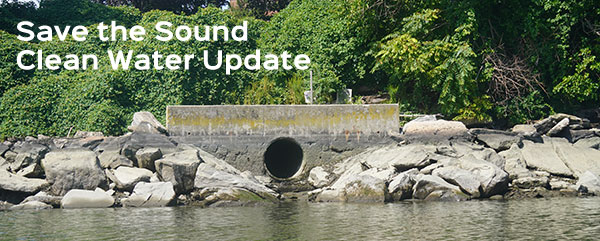|
New York Governor Kathy Hochul has started her term with strong support for a cleaner, more sustainable environment for New York! Last week after surveying the damage from Ida, she announced an increase to the upcoming environmental bond act from $3 billion to $4 billion. Stay tuned for more information on how to support this important ballot measure in November 2022.
In the nearer term, Governor Hochul announced a new round of funding for communities to repair and update their wastewater and drinking water infrastructure - $600 million in grant funds that local governments can apply for. Learn more about accessing these funds at an informational session we are co-hosting with Assemblyman Steve Otis at the Jay Heritage Center in Rye on October 20th at 1pm.
Join Our Team! New Job Postings Available
Want to make a difference in the efforts battling climate change and stopping pollution of our precious natural resources in New York and Connecticut and around Long Island Sound? We’re hiring!
Save the Sound is seeking a Clean Water Advocate to join our dynamic, Westchester County-based Water Quality Team. Their advocacy will focus on communities with longstanding water pollution problems, with priority given to environmental justice communities, and on advancing legislative priorities that protect and restore Long Island Sound. In this role they’ll work with a variety of partners, from students and local advocates, to government and business representatives. See this position's details here.
Take a look at all of the positions currently available on our job postings page here.
|

